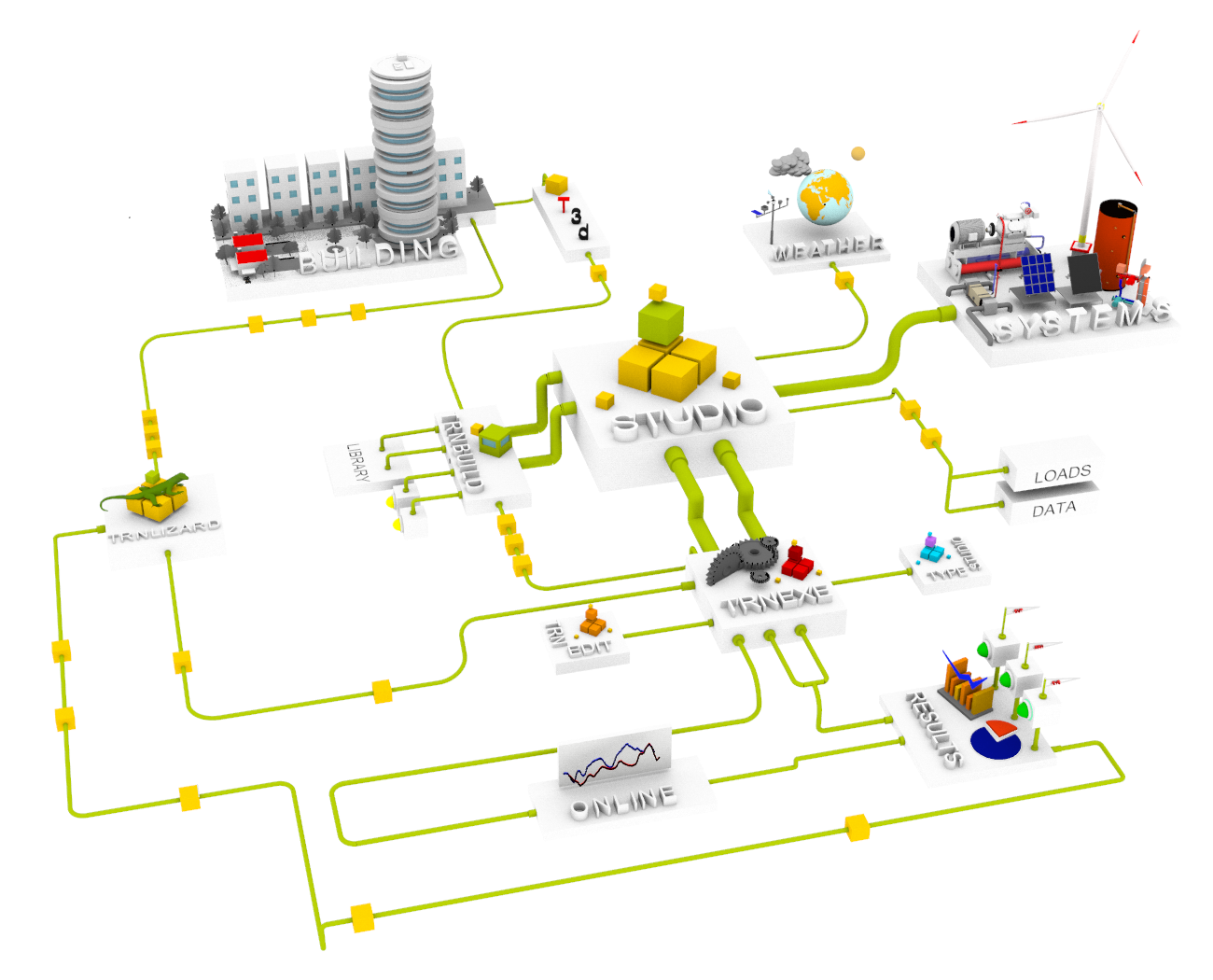
Building and HVAC system simulation course focuses on multi-domain representation of building and its energy systems including on-site renewable sources. In order to arrive to nearly zero energy building stock in the near future, the dynamic analysis using advanced simulation tool will be crucial for design and assessment of operability of modern energy systems that includes solar systems (solar collectors, photovoltaic), low-energy HVAC systems, cogeneration unit, boreholes and other energy storages. As in previous course, a computer-based, mathematical model created on the basis of fundamental physical principles are used to represent the complex cooperation of these energy systems. The quantification of the system synergies supports the full understanding of the system as whole. This class aims to extend the theoretical and operational principles underlying the multi-domain Building and HVAC system simulations. In the course, multi-disciplinary knowledge from fields of building physics, thermal and electrical engineering as well as control theory have to be combined. By a series of oral and self-study lectures as outlined below, the course introduces the concepts, assumptions and limitations of methods, that are currently used to study the multi-domain system energy performance. The subjects are developed from principles gained in the introductory course assuming intermediate knowledge of computers and application software.
- Teacher: Barták Martin
- Teacher: Boháč Jindřich
- Teacher: Hensen Joannes
- Teacher: Staněk David
- Teacher: Zavřel Vojtěch
- Teacher: Zelenský Petr